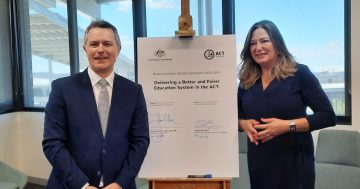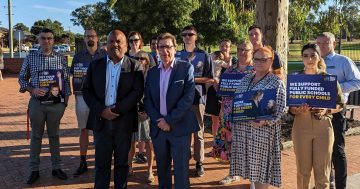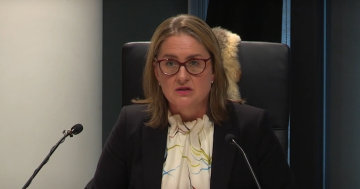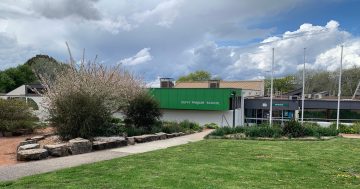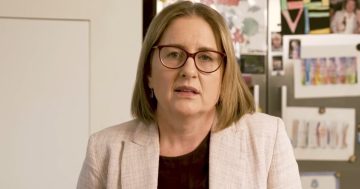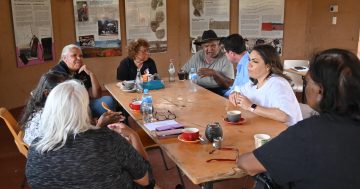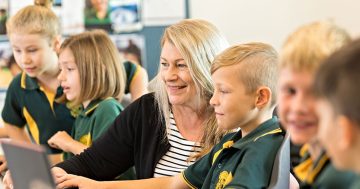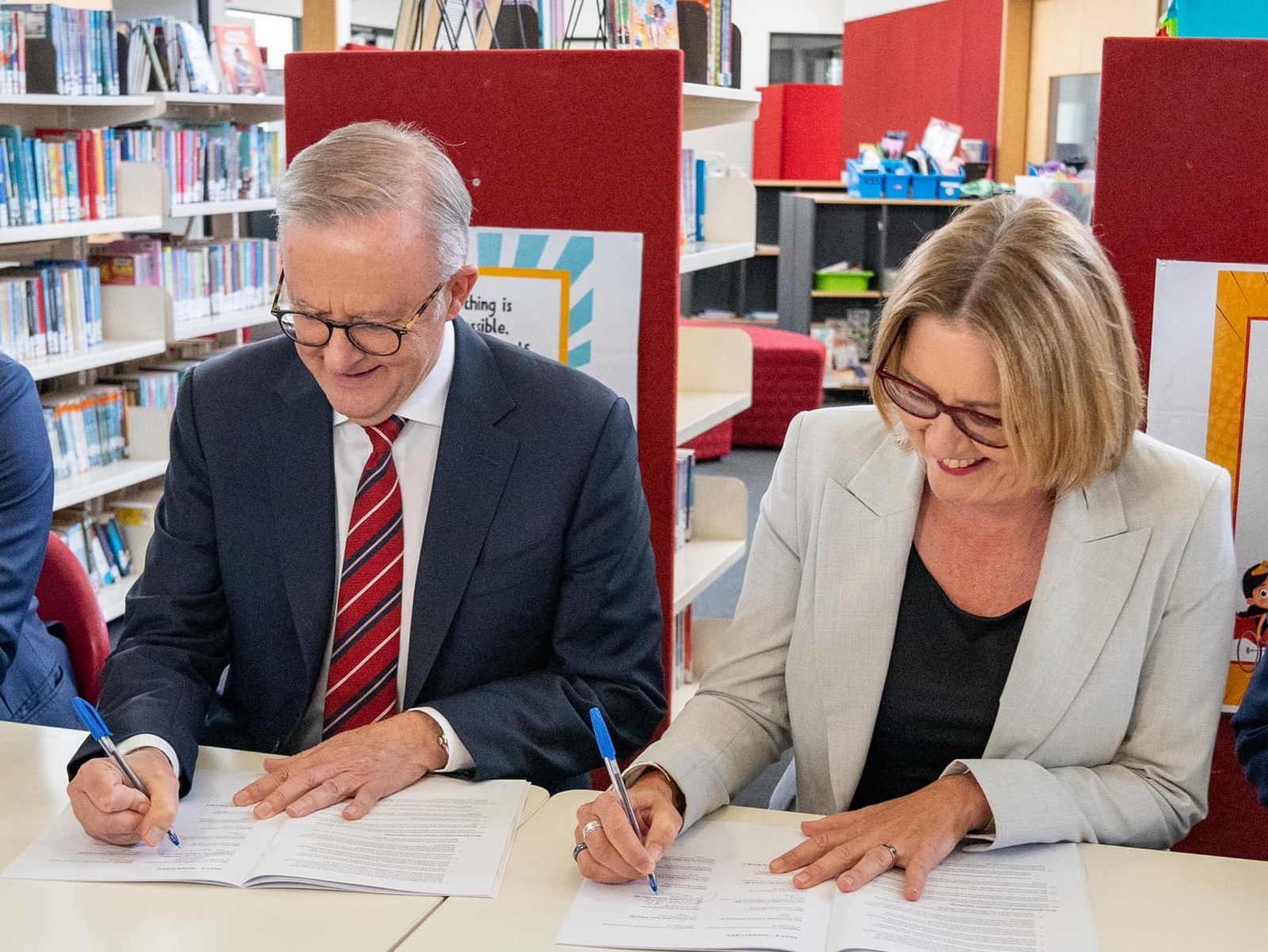
Prime Minister Anthony Albanese and Victorian Premier Jacinta Allan sign the full and fair funding agreement. Photo: Jacinta Allan Facebook.
The Federal and State governments have signed a new full and fair funding agreement for all Victorian public schools.
The agreement will see the Commonwealth contribute an additional five per cent of the Schooling Resource Standard (SRS) to Victorian public schools, up from 20 per cent to 25 per cent, meaning an additional $2.5 billion in federal funding over the next decade.
The increase means Victorian schools will provide more individualised support for students, mandated evidenced-based teaching practices, and more mental health support in schools.
Victoria will also remove the provision allowing the state to claim four per cent of public school funding for indirect school costs such as capital depreciation, and will replace it with four per cent of recurrent funding on eligible expenses, while also maintaining a share of 75 per cent of the SRS for public schools.
The government says the additional funding “is not a blank cheque”. It says the agreement will be followed by a Victorian bilateral agreement, which will tie funding to reforms already being delivered in Victorian schools that will help students catch up, keep up and finish school. These include:
- A Year 1 phonics check and an early years numeracy check to identify students in the early years of school who need additional help
- Continue the investment in initiatives that support wellbeing for learning – including access to mental health professionals in schools
- Access to high-quality and evidence-based professional learning
- Initiatives that improve the attraction and retention of teachers.
In addition, it says the following national targets will be included:
- Increasing the proportion of students leaving school with a Year 12 certificate by 7.5 percentage points (nationally) by 2030
- Reducing the proportion of students in the NAPLAN ‘Needs Additional Support’ proficiency level for reading and numeracy nationally by 10 per cent
- Increasing the proportion of students in the ‘Strong’ and ‘Exceeding’ proficiency levels for reading and numeracy by 10 per cent by 2030 and trend upwards for priority equity cohorts in the ‘Strong’ and ‘Exceeding’ proficiency levels nationally
- Increasing the student attendance rate, nationally, to 91.4 per cent (2019 level) by 2030
- Increasing the engagement rate (completed or still enrolled) of initial teacher education students by 10 percentage points to 69.7 per cent by 2035.
So far, the states and territories that have signed the Better and Fairer Schools Agreement (BFSA) – Western Australia, Tasmania, the Northern Territory and the Australian Capital Territory (ACT) – will also be offered additional funding from the Commonwealth, as per the no disadvantage clause included in their respective bilateral agreements.
Prime Minister Anthony Albanese said the government knew education opened the doors of opportunity, and he wanted to widen them.
“Building Australia’s Future means investing in the next generation, which is why every dollar of this funding will go into helping children learn,” he said. “This gives certainty to parents and teachers, while setting our children up for the future.”
Victorian Premier Jacinta Allan said the priority was that every child, no matter where they lived, had access to a world-class education in a Victorian government school.
“By investing in our schools, we’re investing in our kids’ future – that’s why we have the largest school building program in the country and that’s why we’ve advocated for this deal.”
Minister for Education Jason Clare added, “This is real funding tied to real reforms to help students catch up, keep up and finish school.
“It’s not a blank cheque – I want this money to get results,” he said.
“That’s why funding will be directly tied to reforms that we know work. It will help make sure every child gets a great start in life. What every parent wants. And what every Australian child deserves.”



